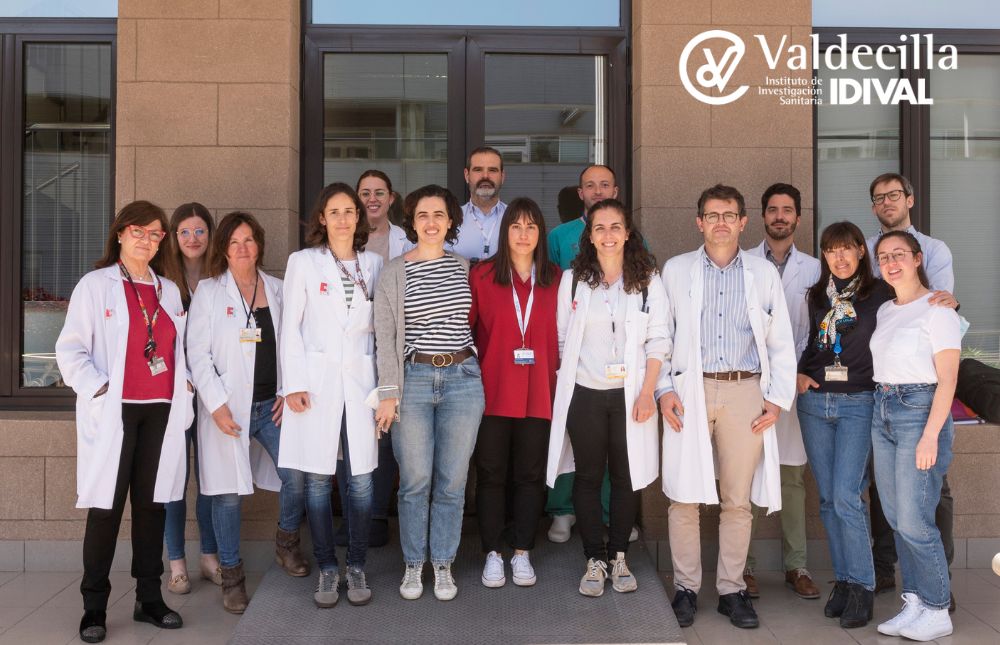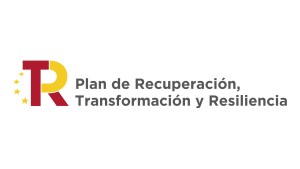The results of the largest European prospective multicenter study on the surgical treatment of right colon cancer have been published.
The MIRCAST study, an International multicenter project led for the whole of Europe from the IDIVAL Institute, was born in 2018 with the aim of evaluating the different ways of performing intestinal anastomosis after minimally invasive right colectomy and to determine whether robotic instruments can contribute something in these procedures.
A minimally invasive approach is commonly used in right colectomy, and studies show a reduction in complications, blood loss and reduced hospital stay compared to an open approach. However, controversy remains as to whether robotic assistance is advantageous for this technique or not and whether an intracorporeal (ICA) or extracorporeal anastomosis (ECA) is better.
MIRCAST arose precisely with the aim of shedding light in this field and prospectively evaluating postoperative recovery, hospital stay, wound complications, severe complications and mid-term outcomes (hernia, recurrence …) of minimally invasive right colectomy, comparing intracorporeal with extracorporeal anastomosis and comparing conventional and robotic laparoscopic instruments.
For this purpose, a prospective, international, multicenter, 4-parallel cohort study was designed (robotic right colectomy with ACI, robotic right colectomy with RCT, laparoscopic right colectomy with ACI and laparoscopic right colectomy with RCT) in which 59 hospitals from 12 European countries participated. A total of 1,320 patients from all over Europe were included in the study.
Recently researchers from the MIRCAST Project have published in the British Journal of Surgery the results of the perioperative period revealing that there were no differences in the composite outcome of surgical wound infections and serious postoperative complications between intracorporeal versus extracorporeal anastomosis or laparoscopic versus robotic-assisted surgery. A significantly lower rate of complications was observed in the group of patients treated with AIC. The robotic approach had a significantly lower rate of postoperative ileus and a significantly higher number of resected nodes.
These results highlight the advantages for patients when managed by robotic minimally invasive surgery and AIC.
The MIRCAST study is still ongoing and is currently collecting mid-term data from patients who have already undergone surgery, which will allow us to see the impact on quality of life of the different techniques and the oncologic outcomes of the different approaches.
Ref: Early outcomes from the Minimally Invasive Right Colectomy Anastomosis study (MIRCAST). Gómez Ruiz M, Espin-Basany E, Spinelli A, Cagigas Fernández C, Bollo Rodriguez J, María Enriquez Navascués J, Rautio T, Tiskus M; MIRCAST STUDY GROUP. Br J Surg. 2023 Jun 8:znad077. doi: 10.1093/bjs/znad077. Online ahead of print. PMID: 37289913





















